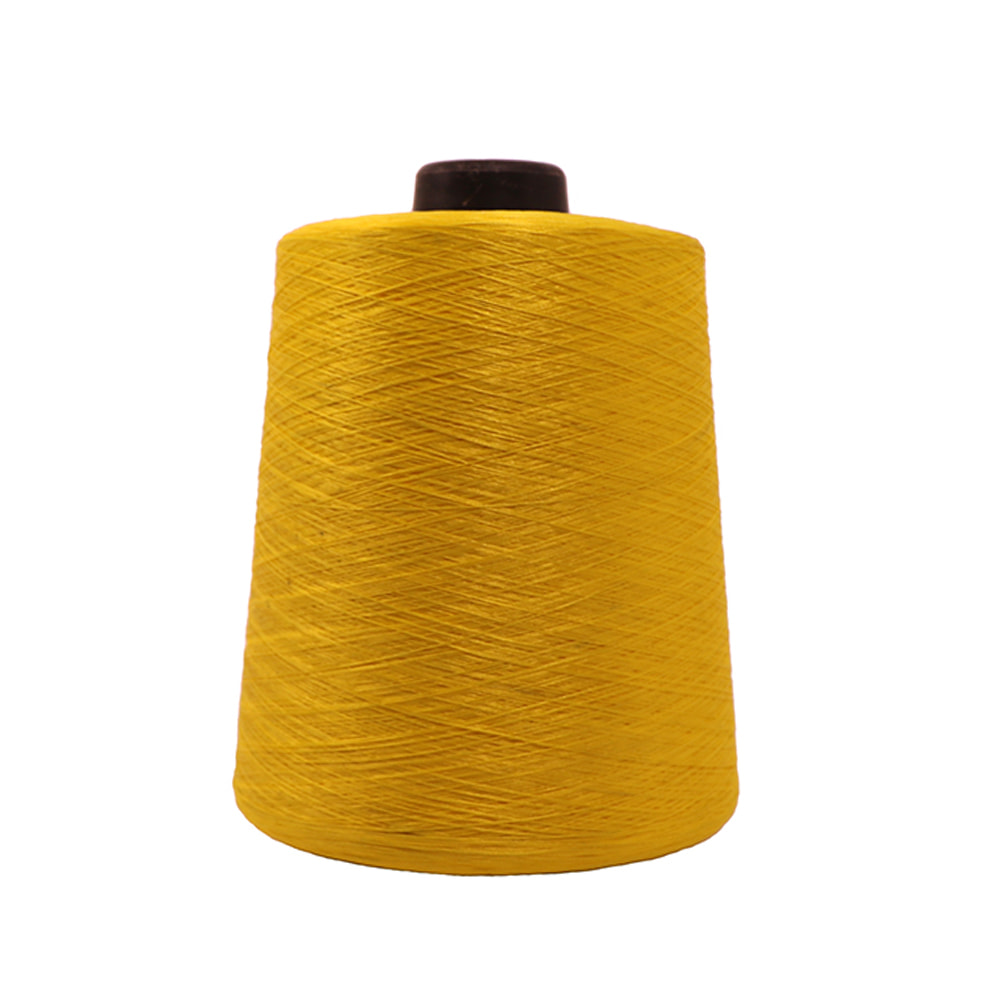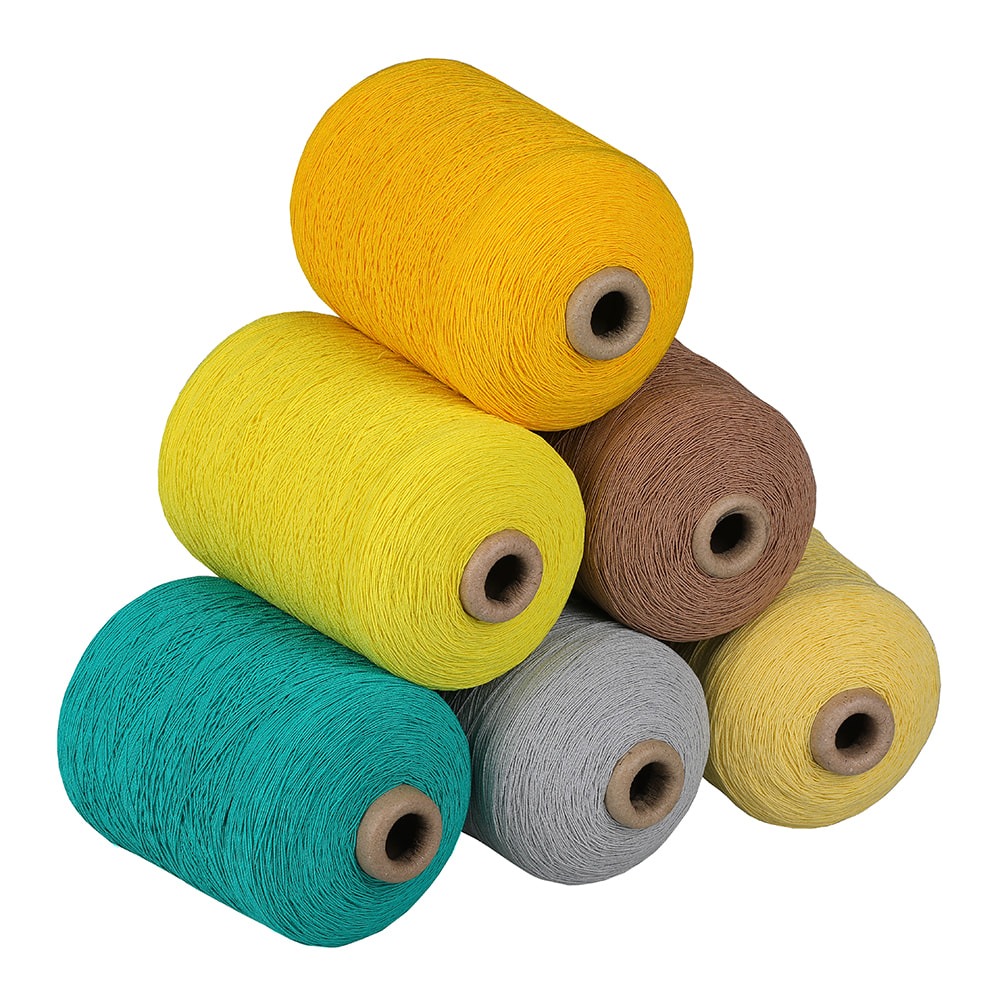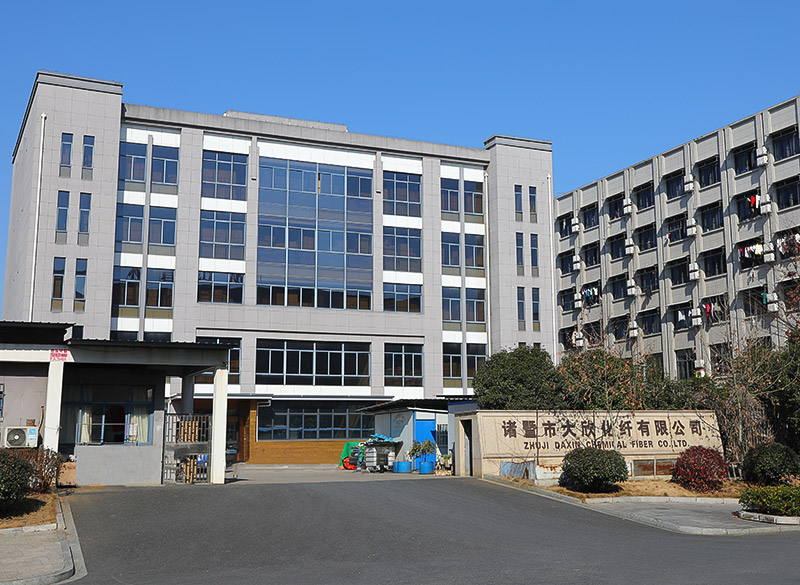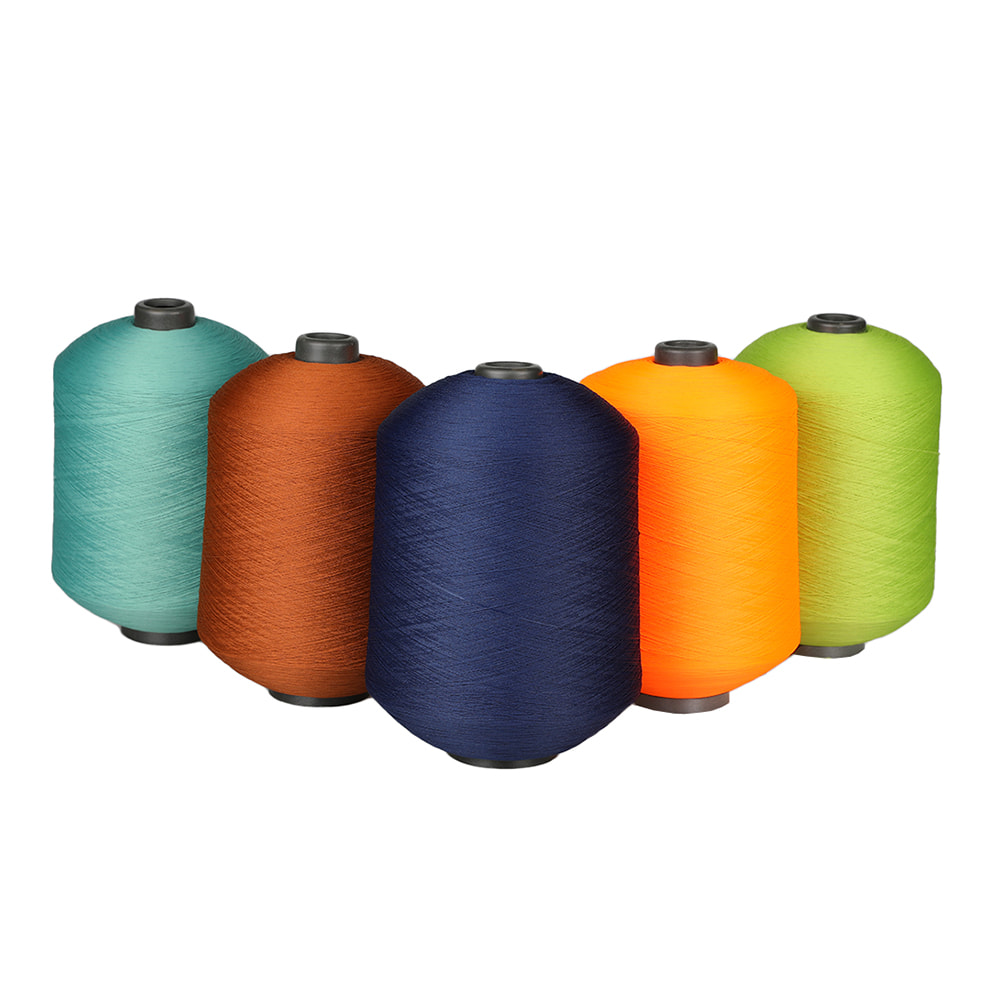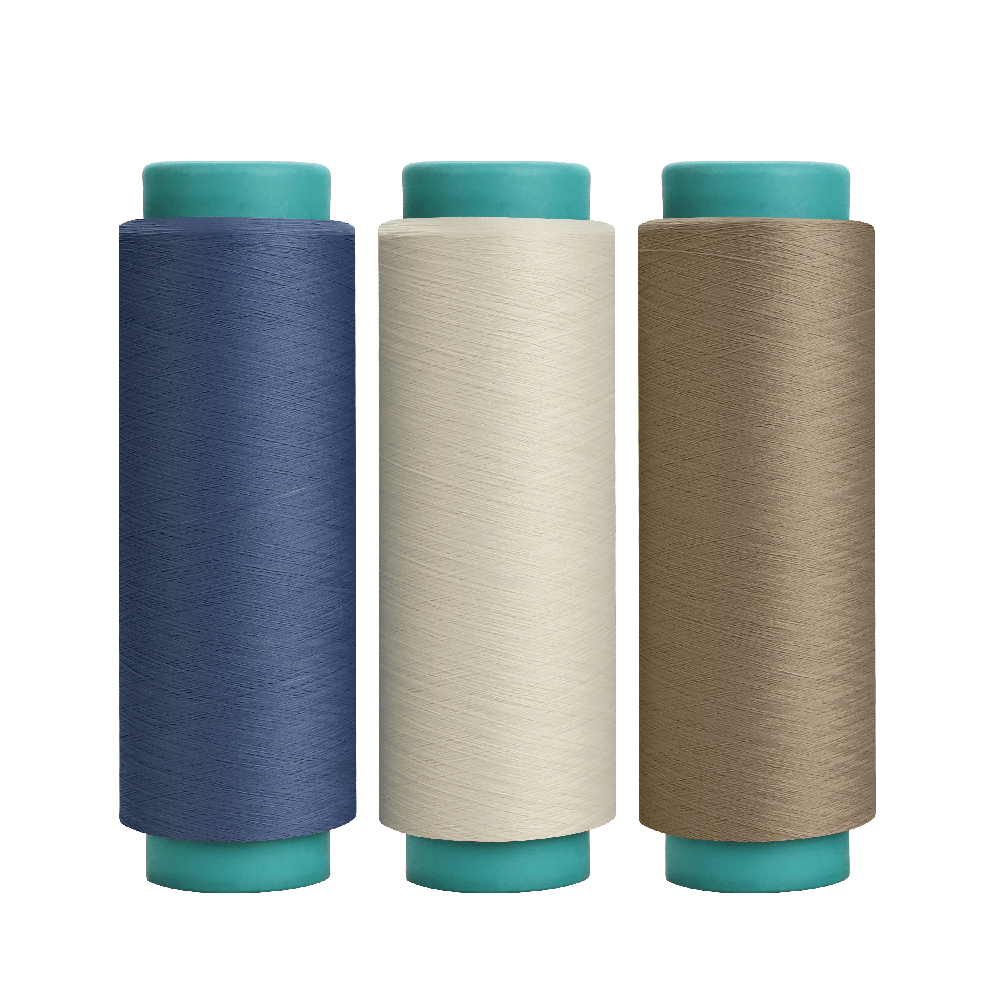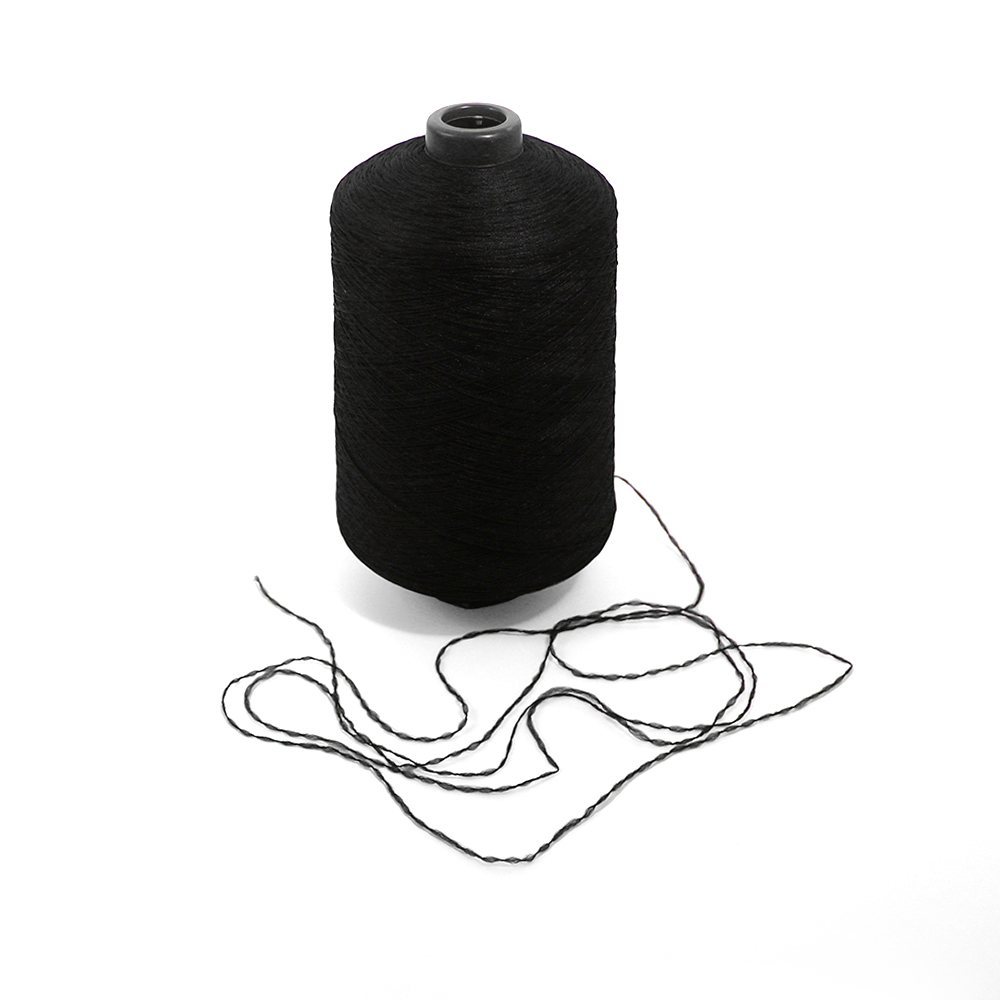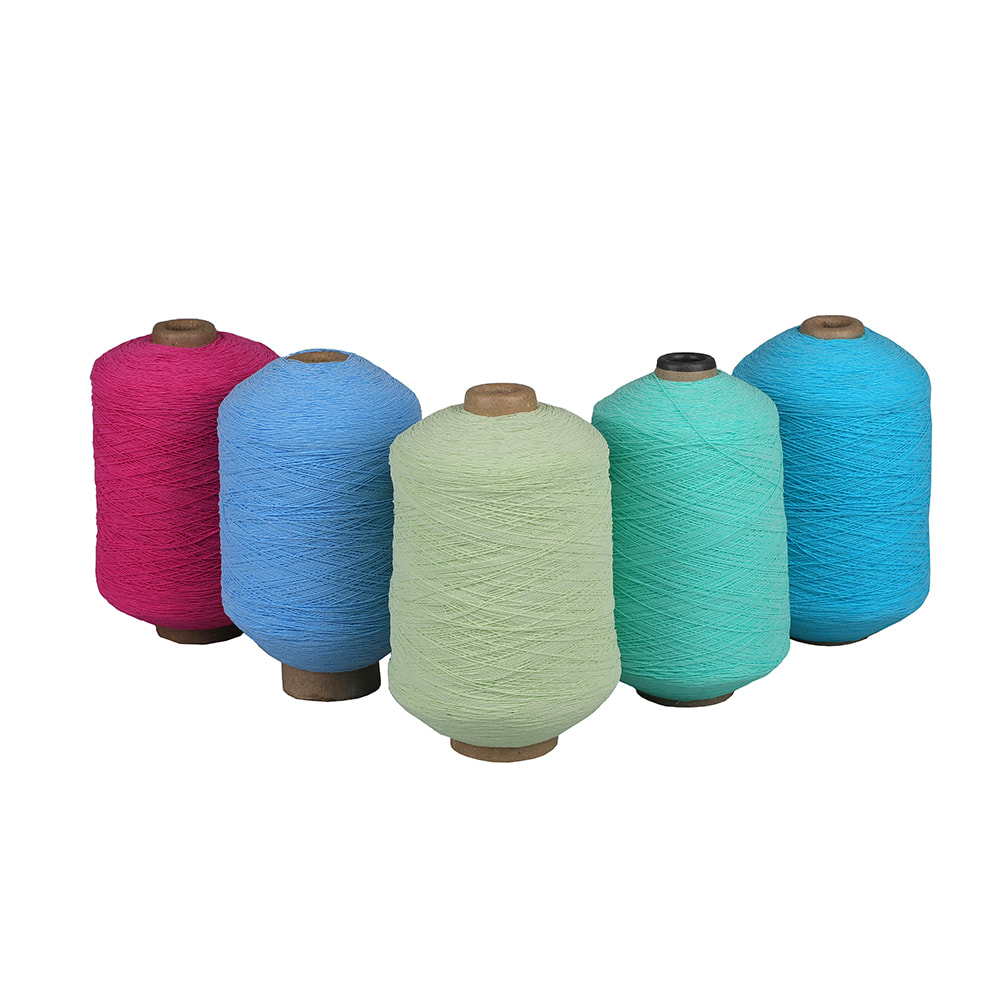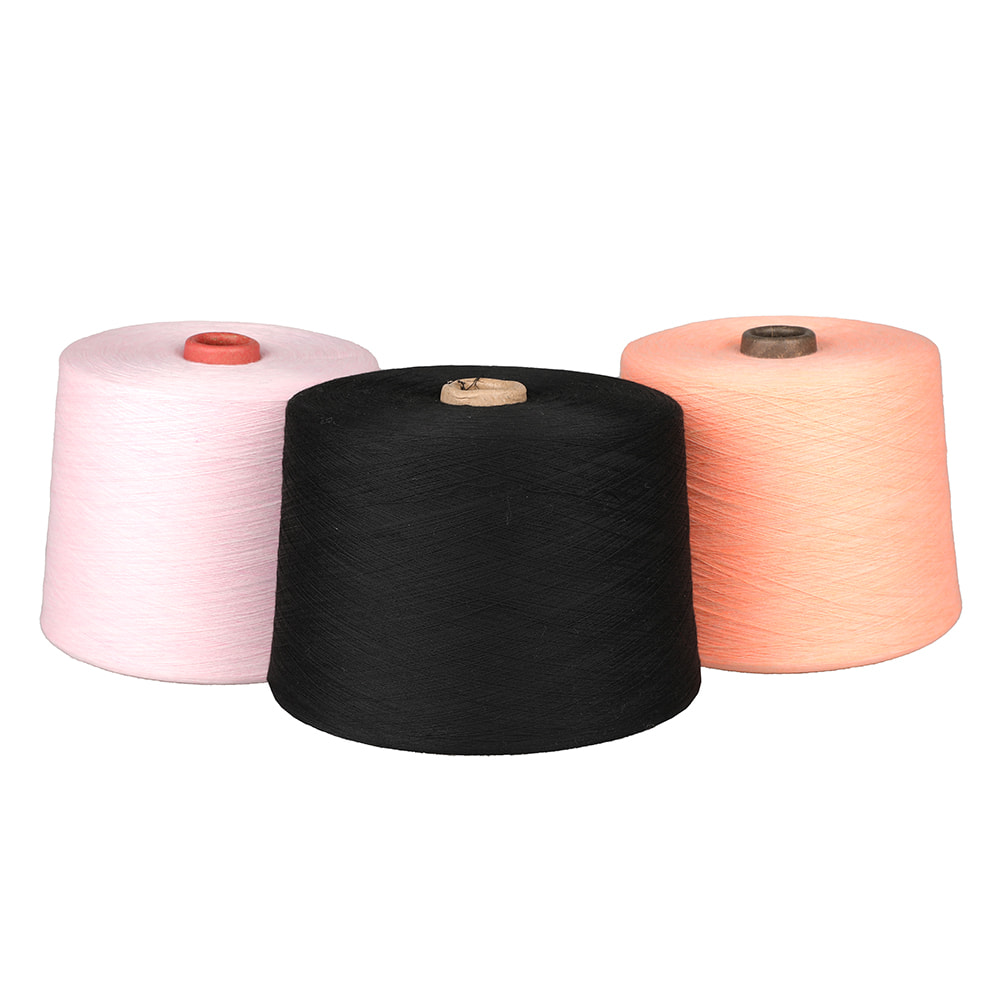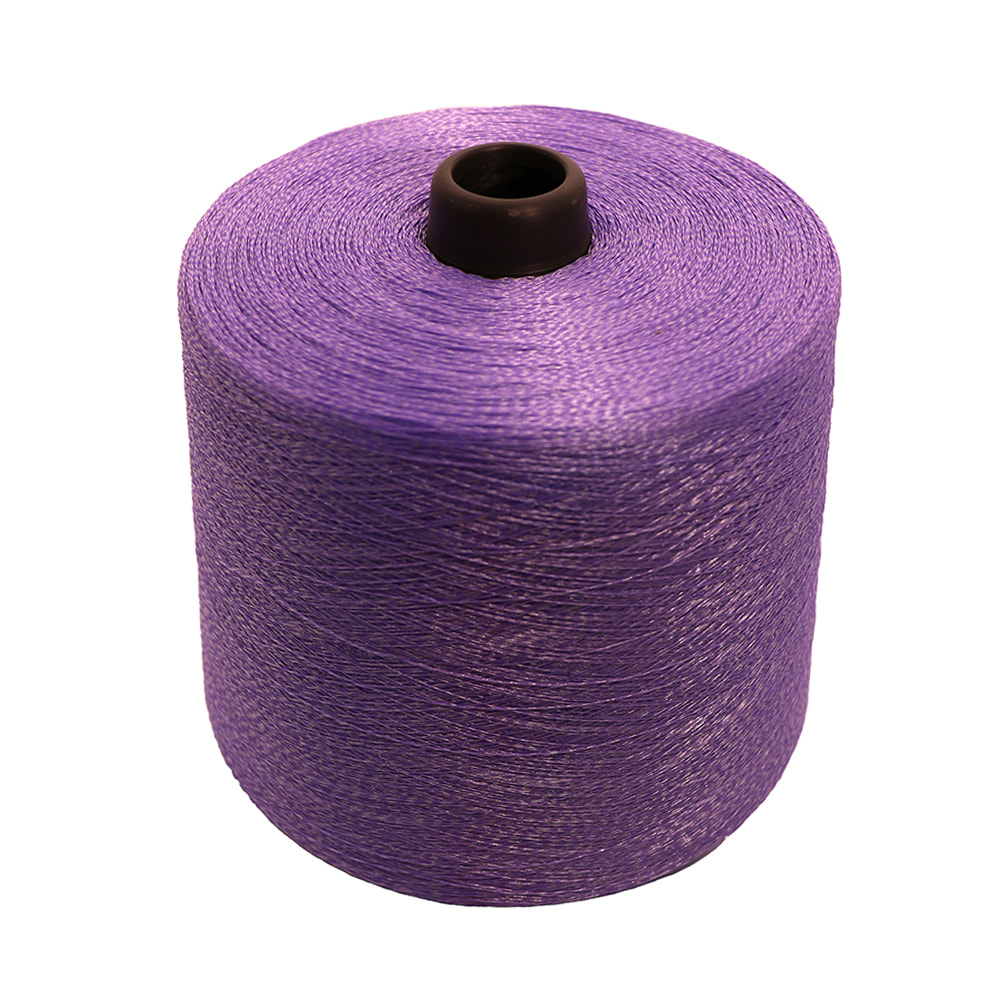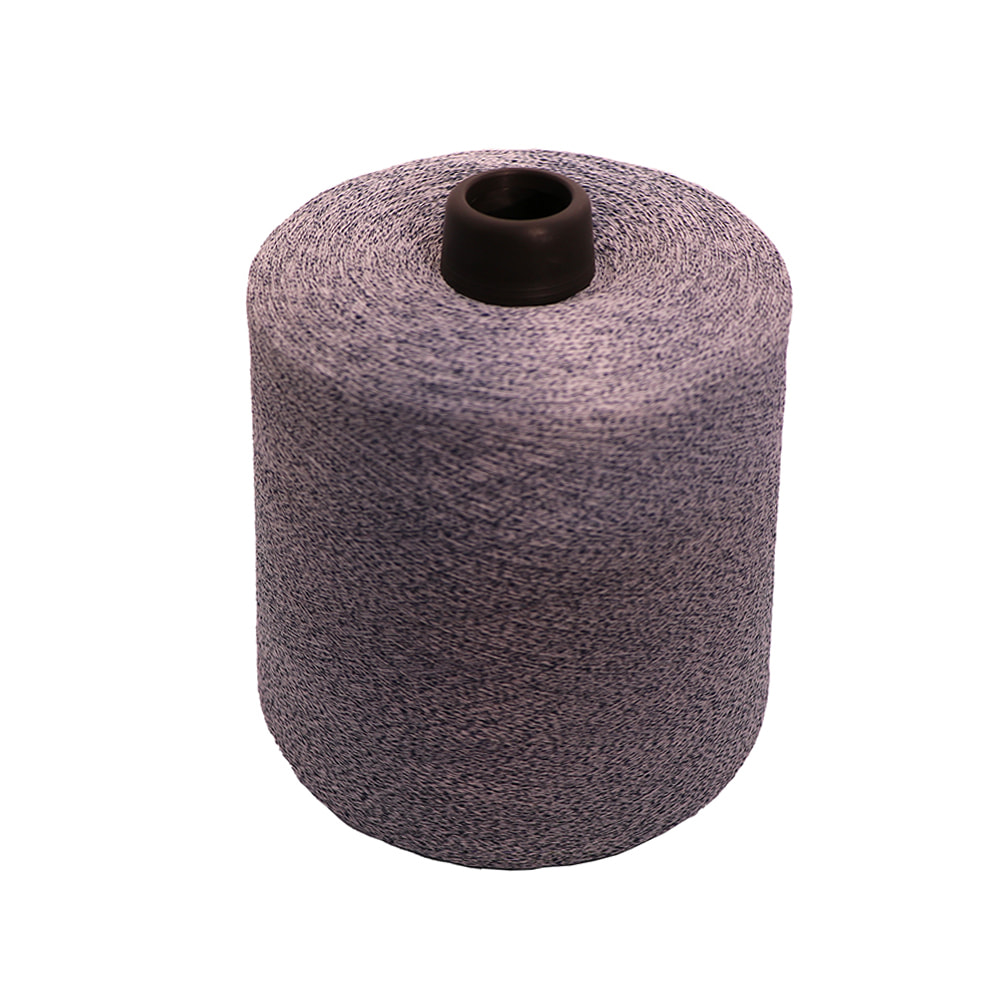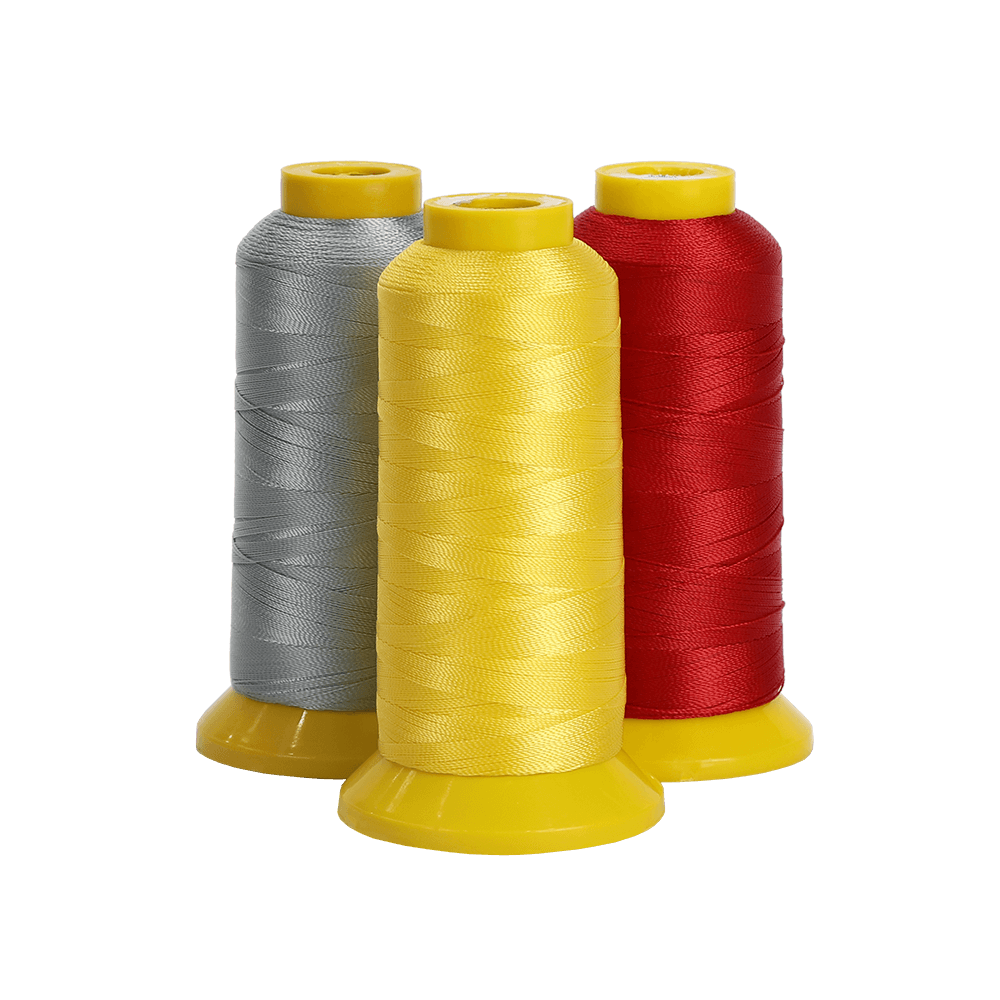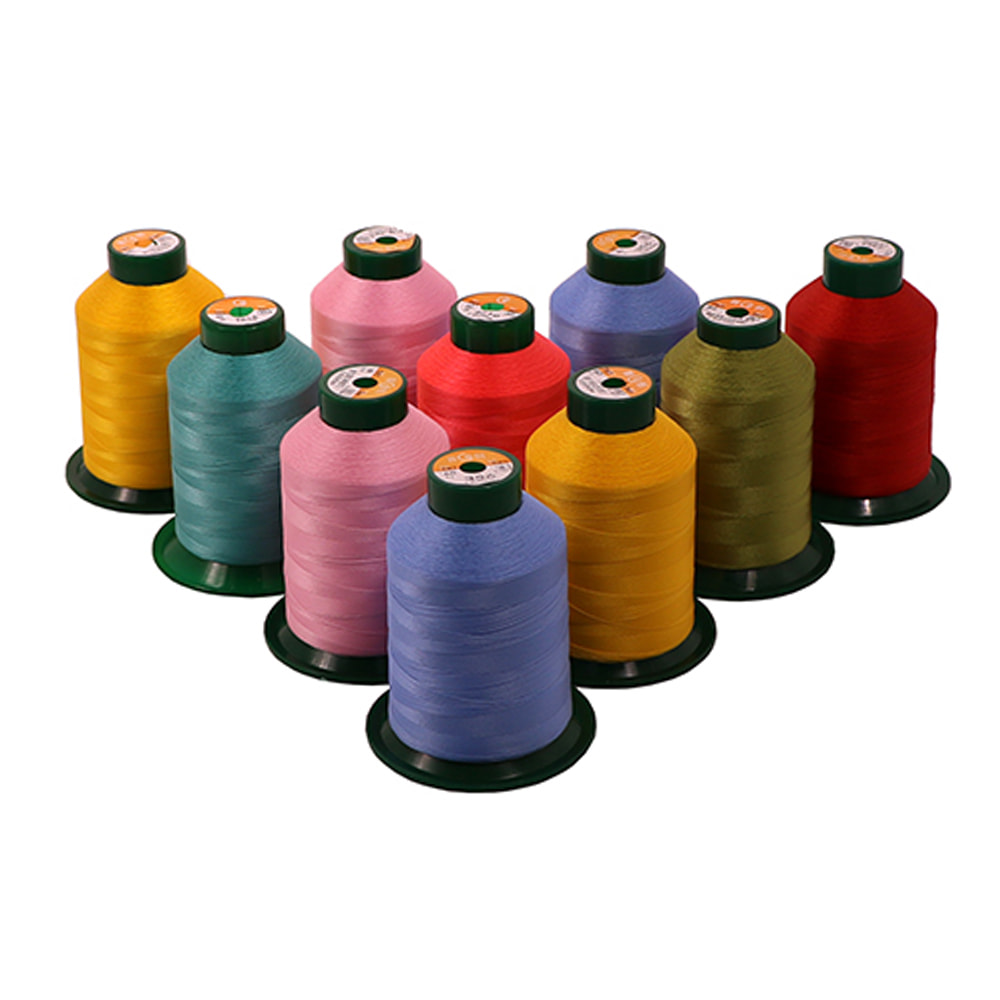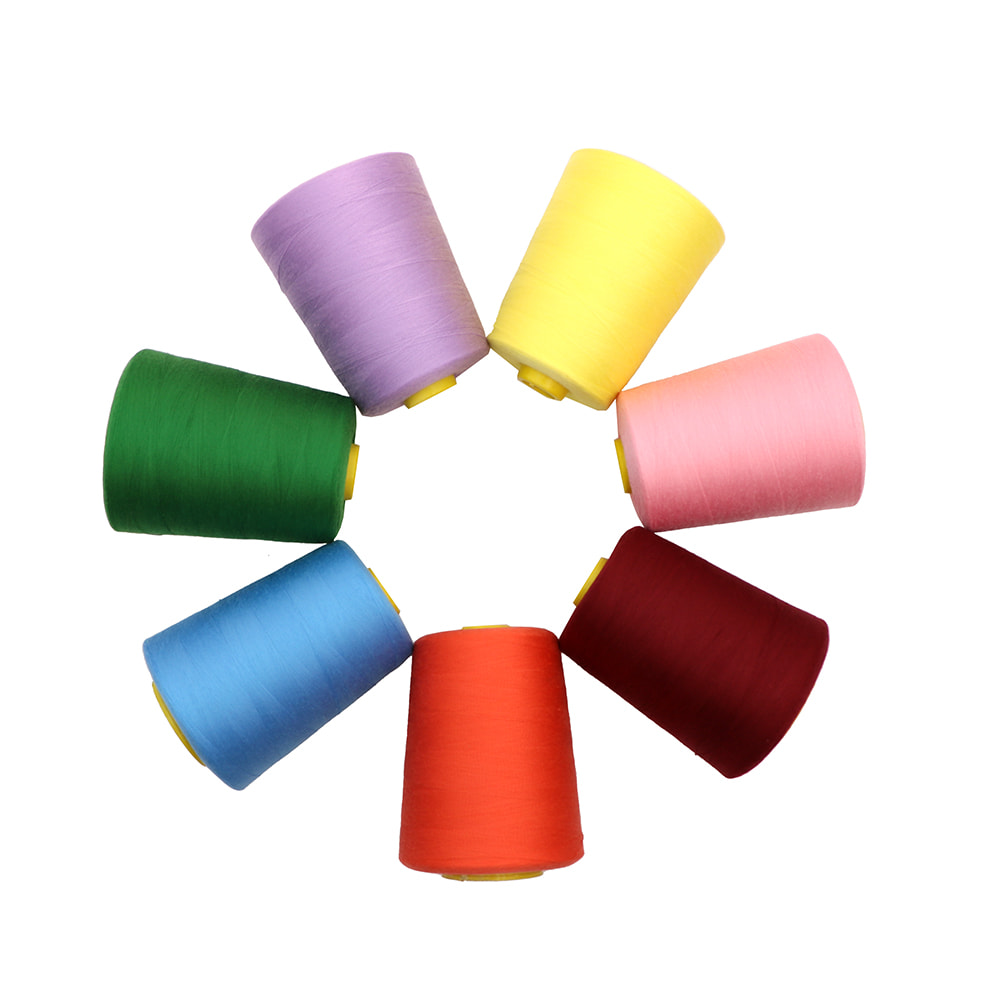In the vast universe of textiles, yarn forms the fundamental building block of all fabrics, and dyeing is the crucial process that breathes life and color into them. However, traditional dyeing methods are often associated with a significant environmental cost, including extensive wastewater discharge, heavy use of chemical auxiliaries, and high energy consumption. These practices place a considerable burden on our ecosystems. Under growing environmental pressures, the textile industry is in dire need of a revolution. Eco-friendly colored yarns have emerged precisely from this need, not only embodying designers’ endless imagination for color but also carrying the industry’s solemn commitment to sustainable development. These yarns, through innovative production processes, reduce the demand for water resources and chemicals from the outset, offering a more environmentally conscious alternative for textile manufacturing. As a result, they are increasingly becoming the “new green darling” pursued by both brands and consumers alike.
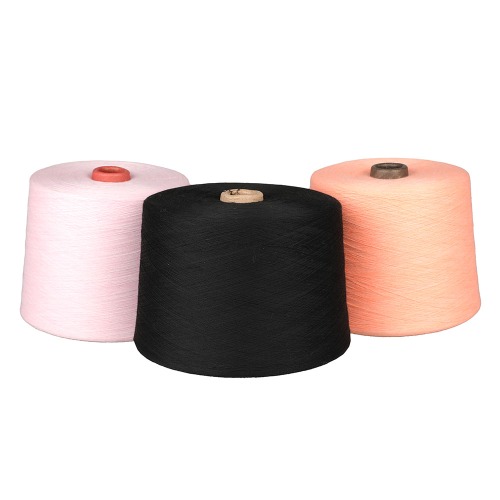
The Primacy of Touch: Why Comfort Is the “Soul” of Eco-Friendly Yarn
For garments that come into direct contact with the skin, such as athletic underwear and socks, wearing comfort is a core factor in determining their value. While pursuing sustainability, eco-friendly yarns must meet or even exceed the comfort standards of their traditional counterparts. Taking polyester yarn as an example, meticulous spinning and post-treatment techniques can effectively improve the softness and smoothness of the fibers. For instance, special modification processes can alter the surface structure of polyester fibers, giving them a comfortable hand-feel reminiscent of natural fibers. This high-quality tactile experience not only enhances the overall wearing comfort of the product but also ensures that consumers do not have to compromise on comfort when choosing eco-friendly options. This makes eco-friendly yarns attractive not only for their green credentials but also for their superior performance in practical use.
A Revolution in Color: How Eco-Friendly Dyeing Techniques Are Reshaping Yarn Hues
Color is the language of clothing, and eco-friendly dyeing technology injects new vitality into this language. Traditional dyeing relies on a vast amount of water and dyes, which not only consumes resources but can also lead to pollution. The advent of waterless dyeing technology has completely subverted this conventional model. This innovative technique typically uses supercritical carbon dioxide as a dyeing medium. Under specific temperatures and pressures, it exhibits the permeability of a gas and the solvent properties of a liquid, allowing it to efficiently and uniformly penetrate the dye deep into the yarn. The entire process requires no water, significantly reducing water consumption and wastewater discharge. Crucially, waterless dyeing technology achieves higher color saturation and outstanding colorfastness, making fabrics’ colors vibrant, long-lasting, and resistant to fading. This technological innovation ensures that eco-friendly yarns are in no way inferior to, and in some cases even superior to, traditionally dyed yarns in terms of color expression, providing designers with a broader canvas for their creativity.
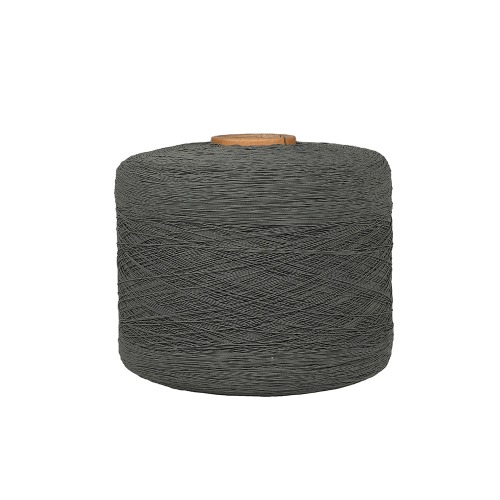
The Perfect Fusion of Functionality and Sustainability
Modern consumers’ demands for apparel have long since moved beyond simple protection from the elements; they seek a perfect blend of functionality, comfort, and sustainability. Eco-friendly polyester yarn demonstrates immense potential in this regard. Due to the inherent strength and abrasion resistance of polyester fibers, they can be further enhanced with functional finishes to provide properties such as moisture-wicking and odor control. As a result, athletic underwear and socks made from eco-friendly polyester yarn not only offer superb comfort and support but also maintain a dry and hygienic feel during physical activity. This deep integration of functionality with sustainability aligns perfectly with the modern healthy lifestyle. As global environmental awareness continues to grow, the textile industry is steadily transitioning from “fast fashion” to “sustainable fashion.” Adopting eco-friendly yarns is not just a demonstration of corporate social responsibility; it’s a critical strategy for seizing future market trends and earning consumer trust. This “green wave” is fundamentally transforming textile production and consumption patterns, heralding a new industrial era that is more sustainable and innovative.

 English
English 中文简体
中文简体 Español
Español